Home>Furniture>Outdoor Furniture>What Is The Best Flooring For A Patio
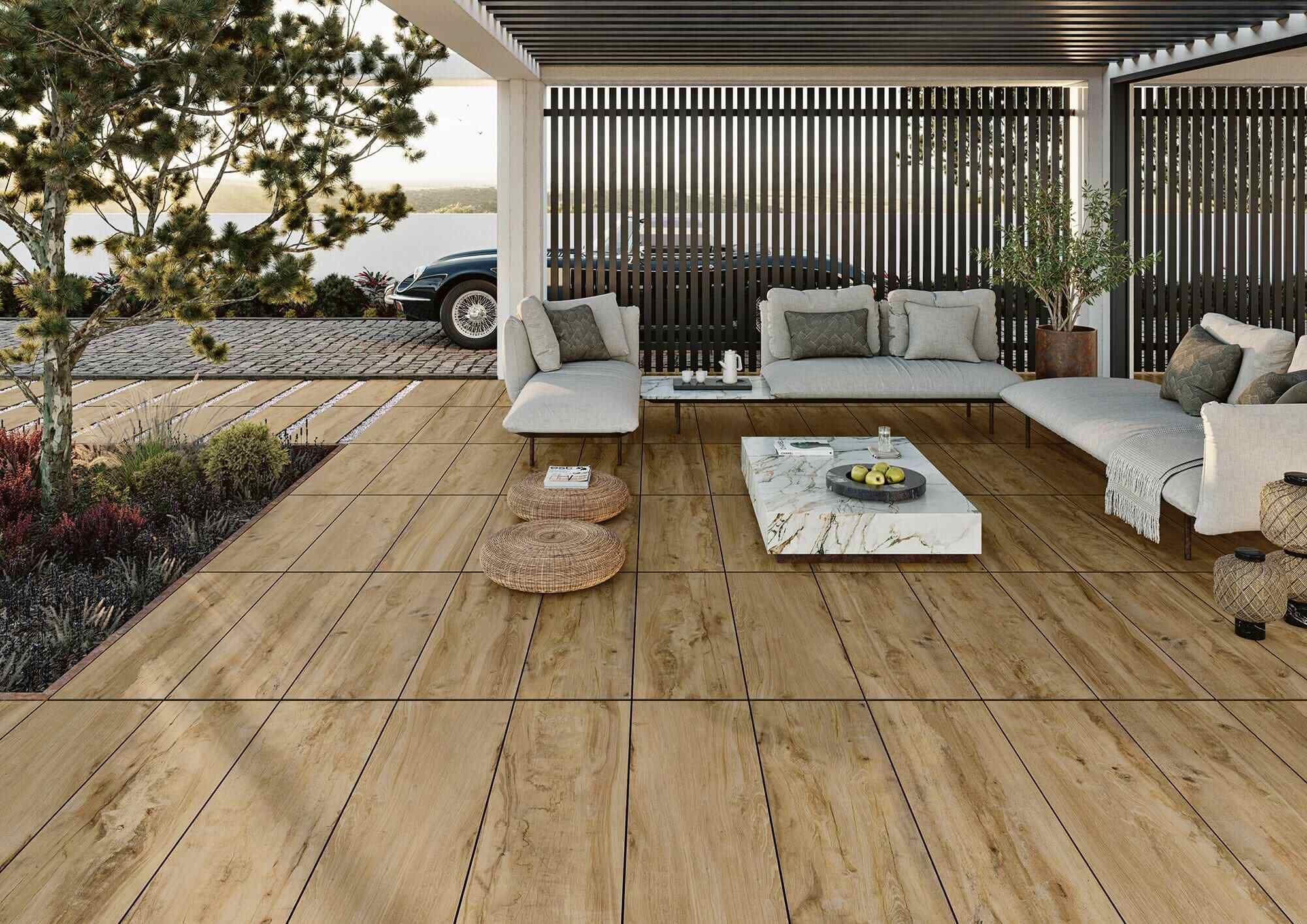

Outdoor Furniture
What Is The Best Flooring For A Patio
Modified: March 15, 2024
Looking for the best flooring for your patio? Find durable outdoor furniture options that will enhance the beauty and functionality of your outdoor space.
(Many of the links in this article redirect to a specific reviewed product. Your purchase of these products through affiliate links helps to generate commission for Storables.com, at no extra cost. Learn more)
Introduction
Welcome to the world of outdoor living! Whether you have a spacious backyard, a cozy balcony, or a charming rooftop terrace, creating an inviting and stylish patio is essential for enjoying the outdoors. And one of the key components of a well-designed patio is the flooring. The right flooring not only enhances the aesthetics of your outdoor space but also provides durability and functionality.
When it comes to choosing the best flooring for your patio, there are several factors to consider. The climate in your area, the level of maintenance you’re willing to undertake, and the overall design and style of your outdoor space all play a role in selecting the perfect flooring option. In this article, we will explore various patio flooring options and highlight their pros and cons to help you make an informed decision.
Key Takeaways:
- Choose patio flooring based on climate, maintenance, budget, style, and functionality. Options like concrete, brick, pavers, tile, wood, composite decking, natural stone, and rubber offer unique benefits for creating an inviting outdoor space.
- Consider factors like durability, comfort, safety, and maintenance when selecting patio flooring. Whether it’s the classic appeal of brick, the elegance of natural stone, or the practicality of rubber, the right choice can enhance your outdoor living experience.
Factors to Consider When Choosing Patio Flooring
Before diving into the specific flooring options, it’s important to assess the factors that will influence your decision. Here are a few key considerations to keep in mind:
- Climate: If you live in an area with harsh winters or extreme heat, you’ll need flooring that can withstand these conditions without cracking or fading.
- Maintenance: Consider how much time and effort you’re willing to invest in maintaining your patio floor. Some options require regular sealing or staining, while others are relatively low-maintenance.
- Budget: Determine your budget for patio flooring, including both the initial installation cost and any ongoing maintenance expenses.
- Style: Think about the overall look and feel you want to achieve for your outdoor space. Consider the architectural style of your home, as well as your personal design preferences.
- Functionality: Consider how you plan to use your patio. Will it be primarily for lounging and entertaining, or do you need a durable surface for heavy foot traffic or outdoor cooking?
Now that you have a better understanding of the key factors to consider, let’s explore some of the popular patio flooring options available:
Key Takeaways:
- Choose patio flooring based on climate, maintenance, budget, style, and functionality. Options like concrete, brick, pavers, tile, wood, composite decking, natural stone, and rubber offer unique benefits for creating an inviting outdoor space.
- Consider factors like durability, comfort, safety, and maintenance when selecting patio flooring. Whether it’s the classic appeal of brick, the elegance of natural stone, or the practicality of rubber, the right choice can enhance your outdoor living experience.
Factors to Consider When Choosing Patio Flooring
When it comes to selecting the perfect flooring for your patio, there are several important factors to consider. Each factor plays a role in determining the best option for your outdoor space. Let’s take a closer look at these factors:
- Climate: One of the most critical factors to consider is the climate in your area. Different flooring materials respond differently to various weather conditions. For example, if you live in an area with extreme heat or freezing temperatures, you’ll need a flooring material that can withstand these conditions without cracking or fading. Additionally, consider the amount of rainfall your region receives and choose a flooring material that is resistant to moisture and mold.
- Maintenance: Another crucial factor is the level of maintenance you’re willing to undertake. Some patio flooring options require regular sealing, staining, or refinishing to maintain their appearance and durability. If you prefer a low-maintenance option, consider materials like composite decking or concrete, which require minimal upkeep. On the other hand, if you enjoy the process of maintaining your outdoor space, you may opt for natural stone or wood, which can be periodically sealed or stained to keep them looking their best.
- Budget: Your budget is an important consideration when choosing patio flooring. Some materials, such as natural stone or high-end wood, can be more expensive to install. Additionally, factor in any ongoing maintenance costs associated with your chosen flooring option. While initial costs may vary, it’s essential to select a flooring material that will provide long-term value and durability.
- Style: The style and aesthetic appeal of your patio flooring are vital in creating an inviting outdoor space. Consider the overall design theme of your home and outdoor area and choose a flooring material that complements it. Whether you prefer a rustic, modern, or traditional look, there is a wide range of flooring options available to suit your style preferences.
- Functionality: How you plan to use your patio plays a role in the type of flooring you choose. If you’re primarily using the space for lounging and entertaining, consider comfortable and slip-resistant materials like concrete, pavers, or rubber flooring. Alternatively, if you anticipate heavy foot traffic or plan to use your patio for outdoor cooking or dining, opt for a durable material like composite decking or tile that can withstand wear and tear.
By carefully considering these factors, you can make an informed decision when choosing the best flooring for your patio. Remember, each patio is unique, and what works well for one homeowner may not be the ideal choice for another. Take the time to evaluate your specific needs and preferences, and consult with a professional if needed, to ensure you select the flooring option that enhances both the functionality and beauty of your outdoor space.
Concrete
Concrete is a popular choice for patio flooring due to its durability, versatility, and affordability. It offers a clean and modern look that can complement a variety of design styles. Here are some key features and considerations for using concrete as your patio flooring:
- Durability: Concrete is known for its exceptional durability and can withstand heavy foot traffic, furniture, and outdoor elements. It is resistant to stains, scratches, and fading, making it a long-lasting option for your patio.
- Versatility: Concrete gives you the flexibility to create a customized look for your patio. It can be poured in different shapes, sizes, and finishes, allowing for unique designs and patterns. You can also add color to the concrete during the mixing process or apply decorative stains and overlays to achieve various aesthetic effects.
- Low Maintenance: Concrete is relatively low maintenance compared to other patio flooring options. Regular sweeping and occasional pressure washing are usually all that is needed to keep it clean and looking its best.
- Cost-effective: Concrete is an affordable option for patio flooring, making it accessible to a wide range of budgets. The cost of installation will vary depending on factors such as the size of the patio, any customizations, and the complexity of the project.
- Comfort: While concrete offers durability and easy maintenance, it can be uncomfortable to walk on for long periods, especially if it is in direct sunlight. To improve comfort, consider adding outdoor rugs, furniture cushions, or planting shade-providing trees or structures near the patio area.
When using concrete as your patio flooring, it is crucial to work with an experienced contractor who can properly prepare the site, pour the concrete, and provide any desired finishes or textures. This will ensure the longevity and aesthetic appeal of your patio floor.
Overall, concrete is a versatile and cost-effective option for patio flooring. It offers durability, a modern look, and the opportunity for customization. With proper installation and maintenance, a concrete patio can provide a long-lasting and enjoyable outdoor space for years to come.
Brick
Brick is a timeless and elegant option for patio flooring that adds charm and character to any outdoor space. Its natural beauty and durability make it a popular choice among homeowners. Here are some key features and considerations for using brick as your patio flooring:
- Durability: Brick is a highly durable material that can withstand heavy use and varying weather conditions. It is resistant to cracking and fading, making it a long-lasting option for your patio.
- Natural Beauty: Brick offers a classic and rustic look that can enhance the aesthetic appeal of your outdoor space. It has a warm and earthy tone that complements various architectural styles and landscaping designs.
- Versatility: Brick can be arranged in different patterns and configurations, allowing you to create unique designs for your patio. Popular patterns include herringbone, basketweave, and running bond. You can also mix different colors and sizes of bricks for a custom look.
- Low Maintenance: Brick is relatively low maintenance and requires minimal upkeep. Regular sweeping and occasional washing are usually sufficient to keep it clean and maintain its beauty. Over time, however, you may need to replace a few bricks due to wear or damage.
- Cost: While brick tends to be more expensive than some other patio flooring options, it offers excellent value for its durability and timeless appeal. The cost of brick can vary depending on factors such as the type of brick used, the size of the patio, and any customizations.
- Comfort: Brick provides a comfortable surface for walking, as it retains less heat than materials like concrete or stone. However, it is not as comfortable for prolonged sitting or barefoot walking, so you may want to consider adding outdoor furniture or rugs for added comfort.
When using brick as your patio flooring, it is essential to properly prepare the base and install the bricks with the appropriate sand or mortar. This will ensure a stable and long-lasting patio surface.
Brick offers a timeless and classic option for patio flooring, adding charm and elegance to your outdoor space. Its durability, natural beauty, and versatility make it a popular choice among homeowners. With proper installation and maintenance, a brick patio can become a stunning focal point that will be enjoyed for years to come.
Read more: What Is The Best Tile For Patio
Pavers
Pavers are a versatile and popular choice for patio flooring, offering a wide range of styles and design possibilities. They provide a durable and visually appealing surface that can transform your outdoor space. Here are some key features and considerations for using pavers as your patio flooring:
- Durability: Pavers are known for their durability and ability to withstand heavy use and weather conditions. Made from materials such as concrete, natural stone, or clay, pavers offer long-lasting performance without cracking or fading.
- Design Options: Pavers come in a variety of shapes, sizes, colors, and textures, allowing you to create a unique and customized look for your patio. Whether you prefer a contemporary or traditional design, there are pavers available to suit your aesthetic preferences.
- Installation: Installing pavers typically involves laying them on a bed of compacted gravel and sand. This ensures stability and proper drainage for your patio. The installation process can be DIY-friendly, but it is recommended to hire a professional for more complex patterns or larger areas.
- Maintenance: Pavers are relatively low maintenance, requiring regular sweeping, occasional power washing, and resealing every few years to protect them from staining and fading. If a paver becomes damaged, it can be easily replaced without needing to redo the entire patio.
- Cost: The cost of pavers can vary depending on factors such as the material, style, and size. While pavers may have a higher upfront cost compared to some other patio flooring options, their durability and longevity make them a cost-effective choice in the long run.
- Comfort: Pavers provide a comfortable surface for walking and spending time on your patio. They do not get as hot as some other materials, making them suitable for barefoot walking even on hot summer days. However, if you desire a softer surface, consider adding outdoor rugs or furniture cushions.
Pavers offer endless design possibilities for your patio, allowing you to create a unique and personalized outdoor space. Whether you prefer a modern, rustic, or traditional look, pavers can be arranged in various patterns, such as herringbone, basketweave, or circular designs, to achieve the desired aesthetic.
With their durability, design options, and low maintenance requirements, pavers are an excellent choice for patio flooring. They can elevate the look and functionality of your outdoor space, providing a beautiful and inviting area for relaxation, entertaining, and enjoying the great outdoors.
Consider using materials like concrete, brick, or stone for your patio flooring. These options are durable, weather-resistant, and can add a stylish touch to your outdoor space.
Tile
Tile is a versatile and stylish option for patio flooring that can add a touch of elegance to your outdoor space. With a wide range of materials, colors, and patterns available, tile offers endless design possibilities. Here are some key features and considerations for using tile as your patio flooring:
- Design Variety: Tile comes in a variety of materials, including ceramic, porcelain, natural stone, and more. Each material offers its own unique characteristics and aesthetics. From sleek and modern to rustic and earthy, there is a tile option to suit every design style.
- Durability: Tile is known for its durability, making it a suitable choice for outdoor use. Porcelain and natural stone tiles, such as slate or travertine, are especially resilient and can withstand the elements without fading or cracking.
- Low Maintenance: Tile is relatively low maintenance, requiring regular sweeping and occasional mopping to keep it clean. It is resistant to stains, making it easy to maintain its original beauty. However, some types of tile may require periodic sealing to protect them from moisture and prevent the growth of mold or mildew.
- Cool and Comfortable: Tile tends to stay cool even in hot weather, making it comfortable for walking barefoot or lounging on your patio. It provides a smooth and even surface that is enjoyable to walk on and suitable for outdoor dining or entertaining.
- Cost: The cost of tile can vary depending on the material, size, and design complexity. Ceramic tiles are generally more affordable, while natural stone tiles tend to be pricier. Consider your budget and the desired look when choosing the type of tile for your patio flooring.
When selecting tile for your patio, ensure that you choose porcelain or natural stone tiles that are specifically rated for outdoor use. These tiles are designed to withstand exposure to the elements and are less likely to suffer damage from moisture or temperature fluctuations.
Tile offers a beautiful and stylish option for patio flooring, allowing you to create a sophisticated and luxurious outdoor space. Whether you prefer a contemporary design with large-format tiles or a timeless look with mosaic patterns, tile provides a versatile and durable solution that will enhance the aesthetics of your patio.
Wood
Wood is a classic and natural choice for patio flooring that brings warmth and beauty to any outdoor space. It provides a rich and organic look that can complement various design styles. Here are some key features and considerations for using wood as your patio flooring:
- Natural Beauty: Wood offers a timeless and inviting aesthetic, creating a warm and welcoming atmosphere in your outdoor space. The natural grain and color variations of different wood species add character and charm to your patio.
- Warmth and Comfort: Wood provides a comfortable surface for walking and spending time on your patio. Unlike some other materials, wood does not retain heat, making it pleasant to walk on barefoot even on hot summer days. However, be mindful that wood can get slippery when wet, so it’s advisable to add rugs or mats in areas prone to moisture.
- Wide Range of Species: There are various wood species available for patio flooring, each offering its unique visual appeal and characteristics. Popular wood options for outdoor use include cedar, redwood, teak, and ipe. Consider the specific requirements and durability of each wood species before making a decision.
- Maintenance: Wood requires regular maintenance to keep it in optimal condition. This includes periodically sealing or staining the wood to protect it from moisture, UV rays, and fungal growth. Regular cleaning and occasional sanding may also be necessary to maintain its appearance. Neglecting maintenance can result in warping, splitting, or discoloration of the wood.
- Cost: The cost of wood for patio flooring can vary depending on the type of wood species and the quality of the material. Some exotic hardwoods may be more expensive compared to common wood options. Consider your budget and the desired longevity of your patio when selecting the type of wood.
When using wood for your patio flooring, ensure that you choose a wood species that is suitable for outdoor use and has sufficient resistance to decay, insects, and moisture. Additionally, it’s important to properly prepare the subfloor and provide adequate drainage to prevent water damage to the wood. Regular maintenance and proper care will ensure the longevity and beauty of your wood patio floor.
Wood brings a natural and inviting touch to your outdoor space, creating a cozy and relaxing atmosphere. With its warmth, comfort, and aesthetic appeal, wood patio flooring can be an excellent choice for those seeking a timeless and organic look for their outdoor living area.
Composite Decking
Composite decking is a popular and modern choice for patio flooring that combines the natural look of wood with the durability and low maintenance of synthetic materials. It is made from a combination of wood fibers and recycled plastic, offering a range of benefits for outdoor spaces. Here are some key features and considerations for using composite decking as your patio flooring:
- Durability: Composite decking is highly durable and resistant to rotting, warping, and splintering. It can withstand the elements without fading, making it a long-lasting option for your patio. It is also resistant to moisture and insect damage.
- Low Maintenance: Composite decking requires minimal maintenance compared to natural wood. It does not require staining, sealing, or painting, saving you time and effort. Regular sweeping and occasional washing are usually sufficient to keep it clean and in good condition.
- Appearance: Composite decking offers a range of colors and finishes to choose from, allowing you to achieve the desired look for your patio. It can mimic the natural grain and texture of wood or have a more contemporary and sleek appearance. Some composite decking even has UV protection to prevent color fading.
- Eco-Friendly: Composite decking is made from recycled materials, making it a sustainable choice for environmentally conscious homeowners. By using composite decking, you are helping to reduce the demand for natural wood and diverting plastic waste from landfills.
- Comfort: Composite decking provides a comfortable surface for walking and spending time on your patio. It does not absorb heat like some other materials, making it more comfortable to walk on barefoot. However, similar to other materials, it can become slippery when wet, so using rugs or mats in high-moisture areas is recommended.
- Cost: The cost of composite decking can vary depending on the brand, quality, and design. While the upfront cost may be higher compared to some other patio flooring options, the long-term savings in maintenance and durability make it a cost-effective choice over time.
Composite decking offers the best of both worlds – the natural look of wood and the low maintenance of synthetic materials. It provides a durable, eco-friendly, and visually appealing solution for your patio flooring. With its various color options and resistance to the elements, composite decking can enhance the beauty and functionality of your outdoor space for years to come.
Read more: What Are The Best Patio Doors
Natural Stone
Natural stone is a luxurious and durable option for patio flooring that exudes elegance and sophistication. With its unique textures and colors, natural stone can create a stunning focal point in your outdoor space. Here are some key features and considerations for using natural stone as your patio flooring:
- Timeless Beauty: Natural stone offers a timeless and natural beauty that adds a touch of luxury to any patio. From the warm earth tones of limestone to the rich veining of marble, each type of stone has its own unique character and charm.
- Durability: Natural stone is highly durable and can withstand various weather conditions. Whether you choose granite, slate, travertine, or sandstone, you can be confident that your patio floor will maintain its beauty for years to come with proper care.
- Wide Range of Options: Natural stone comes in a wide range of options, allowing you to find the perfect match for your patio design. Each type of stone offers a different texture, color, and pattern, providing endless possibilities for customization.
- Comfort: Natural stone provides a comfortable surface for walking and spending time on your patio. It retains less heat than materials like concrete or metal, making it cool to the touch even on hot days. Additionally, stone can also be used to create steps or seating areas, further enhancing comfort and usability.
- Low Maintenance: While natural stone requires regular maintenance to keep its beauty intact, it is relatively low maintenance compared to some other patio flooring options. Routine cleaning, sealing, and occasional regrouting are generally all that is needed to maintain its appearance. Sealing helps protect the stone from staining and moisture damage.
- Cost: The cost of natural stone can vary depending on the type of stone and its quality. Some types of stone, such as marble or exotic varieties, tend to be more expensive. It’s important to consider your budget when selecting the type of natural stone for your patio flooring.
When using natural stone for your patio flooring, ensure that it is properly installed by professionals who are familiar with working with natural stone. This will ensure that the stone is laid correctly, with a level and sturdy foundation to prevent any issues in the future.
Overall, natural stone provides a luxurious and beautiful option for patio flooring. Its durability, timeless beauty, and comfortable surface make it a popular choice among homeowners who want to create an elegant outdoor space that will be enjoyed for years to come.
Rubber Flooring
Rubber flooring is a versatile and practical option for patio flooring that offers a range of benefits. With its durability, comfort, and safety features, rubber flooring is an excellent choice for outdoor spaces that require a resilient and low-maintenance surface. Here are some key features and considerations for using rubber flooring as your patio flooring:
- Durability: Rubber flooring is highly durable and can withstand heavy foot traffic, furniture, and outdoor elements. It is resistant to stains, scratches, and fading, making it a long-lasting option for your patio. Additionally, rubber flooring is naturally slip-resistant, providing added safety.
- Comfort: Rubber flooring provides a cushioned and comfortable surface for walking, sitting, and spending time on your patio. It absorbs shock and reduces impact, making it an ideal choice for areas where people will be standing for extended periods or where children may play.
- Safety: Rubber flooring offers excellent slip resistance, even when wet, making it a safe option for outdoor spaces. It provides traction and helps prevent accidents caused by slippery surfaces, particularly in areas prone to moisture or near swimming pools.
- Practicality: Rubber flooring is a low-maintenance option, requiring little effort to keep it clean. Regular sweeping and occasional washing with mild soap and water are usually sufficient. Rubber also naturally resists mold and mildew, making it an excellent choice for humid climates or areas with frequent rain.
- Easy Installation: Rubber flooring is typically available in interlocking tiles or rolls, making it easy to install as a do-it-yourself project. The interlocking tiles can be easily snapped together, while the rolls can be cut to size and glued down. This makes rubber flooring a convenient option for those who prefer a DIY approach.
- Design Options: While rubber flooring may not offer as wide a range of design options as some other materials, it is available in various colors and patterns. It can be used to create interesting and fun designs in your patio, adding a touch of personality to your outdoor space.
When using rubber flooring for your patio, make sure to choose a type of rubber specifically manufactured for outdoor use. Outdoor rubber flooring is designed to withstand exposure to the elements, UV rays, and temperature fluctuations, ensuring its long-term performance.
Overall, rubber flooring offers a practical, safe, and comfortable option for patio flooring. Its durability, slip resistance, and low maintenance make it an ideal choice for outdoor spaces that require a resilient and user-friendly surface.
Conclusion
Choosing the best flooring for your patio is an important decision that can significantly enhance your outdoor living experience. Each patio flooring option brings its own set of advantages and considerations. By carefully assessing factors such as climate, maintenance, budget, style, and functionality, you can make an informed decision that suits your needs and preferences.
Concrete offers durability, versatility, and affordability, making it a popular choice for many homeowners. Brick provides a classic and rustic look that adds charm to your outdoor space. Pavers offer a range of design options and are known for their durability and low maintenance. Tile brings a stylish and elegant touch, offering various colors and finishes to suit your aesthetic preferences. Wood creates a warm and inviting atmosphere, while composite decking combines the look of wood with low maintenance requirements. Natural stone adds a luxurious and timeless beauty to your patio, while rubber flooring offers durability, comfort, and safety.
When selecting your patio flooring, remember to consider the specific requirements of your climate, the level of maintenance you’re willing to undertake, your budget, the desired style, and the intended use of the patio. By weighing these factors and consulting with professionals if needed, you can make an informed decision that will enhance the aesthetics, functionality, and longevity of your outdoor space.
Ultimately, the best flooring for your patio is the one that aligns with your personal preferences and meets your specific needs. Whether you opt for the durability of concrete, the timeless appeal of natural stone, or the versatility of composite decking, it’s important to choose a material that enhances the beauty and functionality of your patio, creating a space that you can enjoy for years to come.
Frequently Asked Questions about What Is The Best Flooring For A Patio
Was this page helpful?
At Storables.com, we guarantee accurate and reliable information. Our content, validated by Expert Board Contributors, is crafted following stringent Editorial Policies. We're committed to providing you with well-researched, expert-backed insights for all your informational needs.
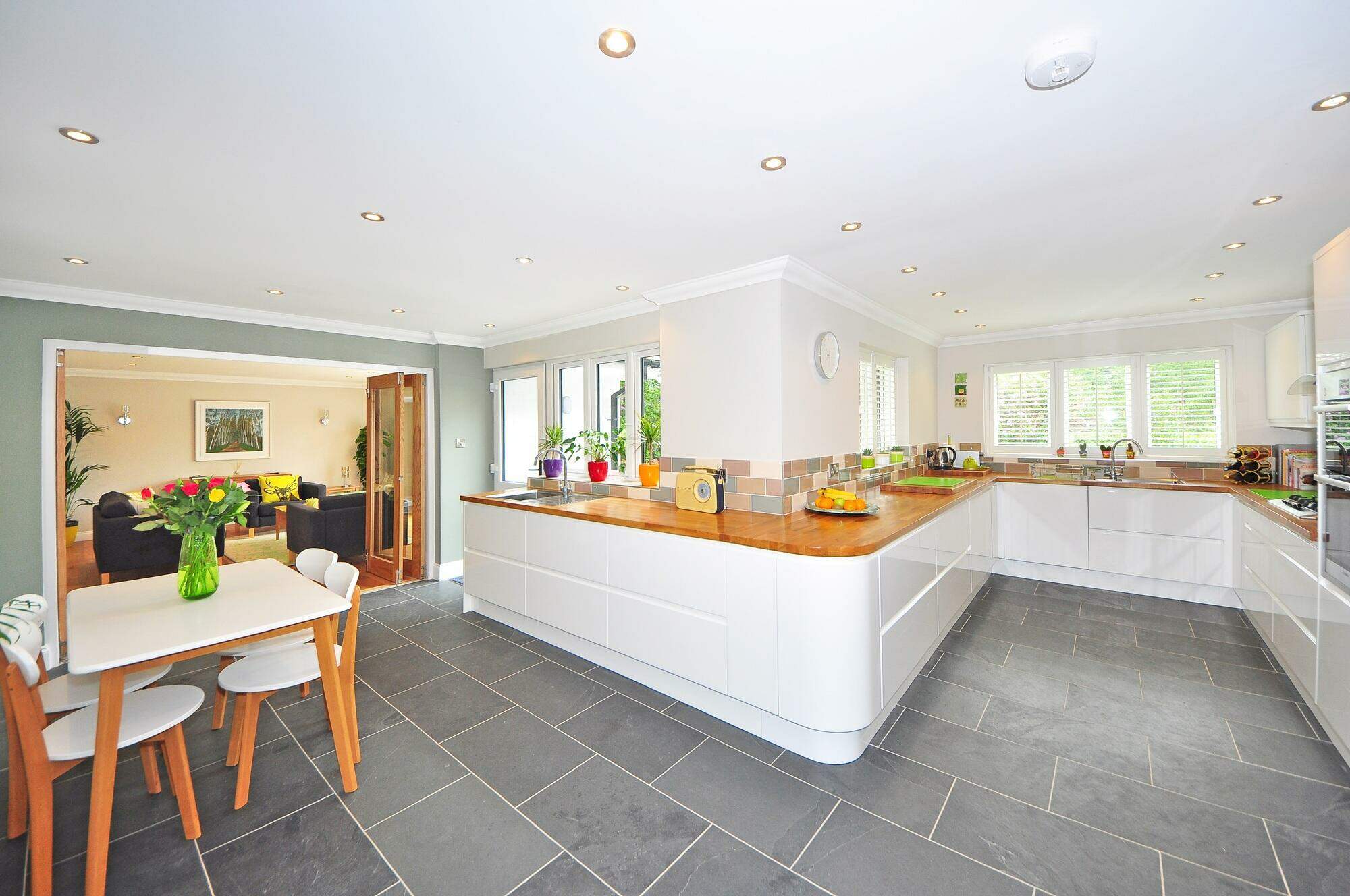
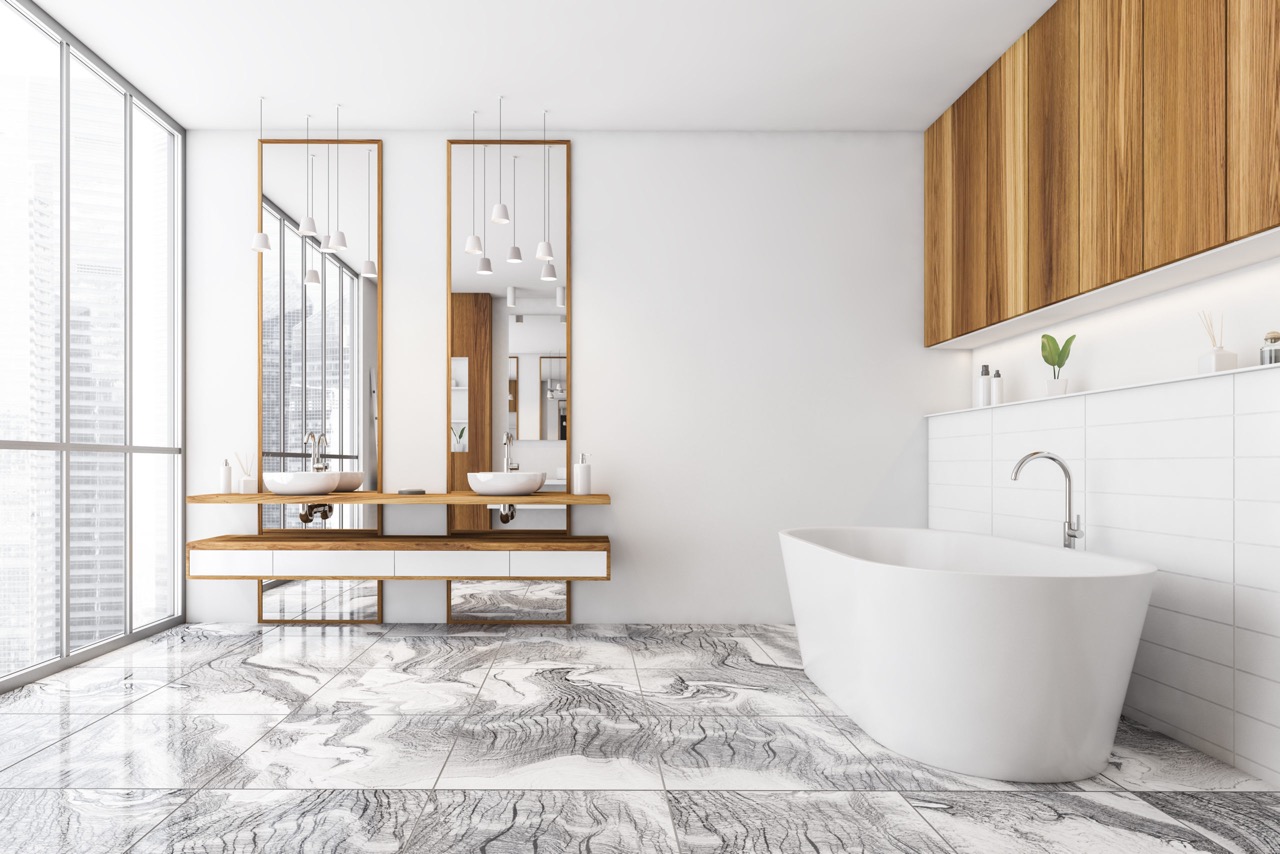
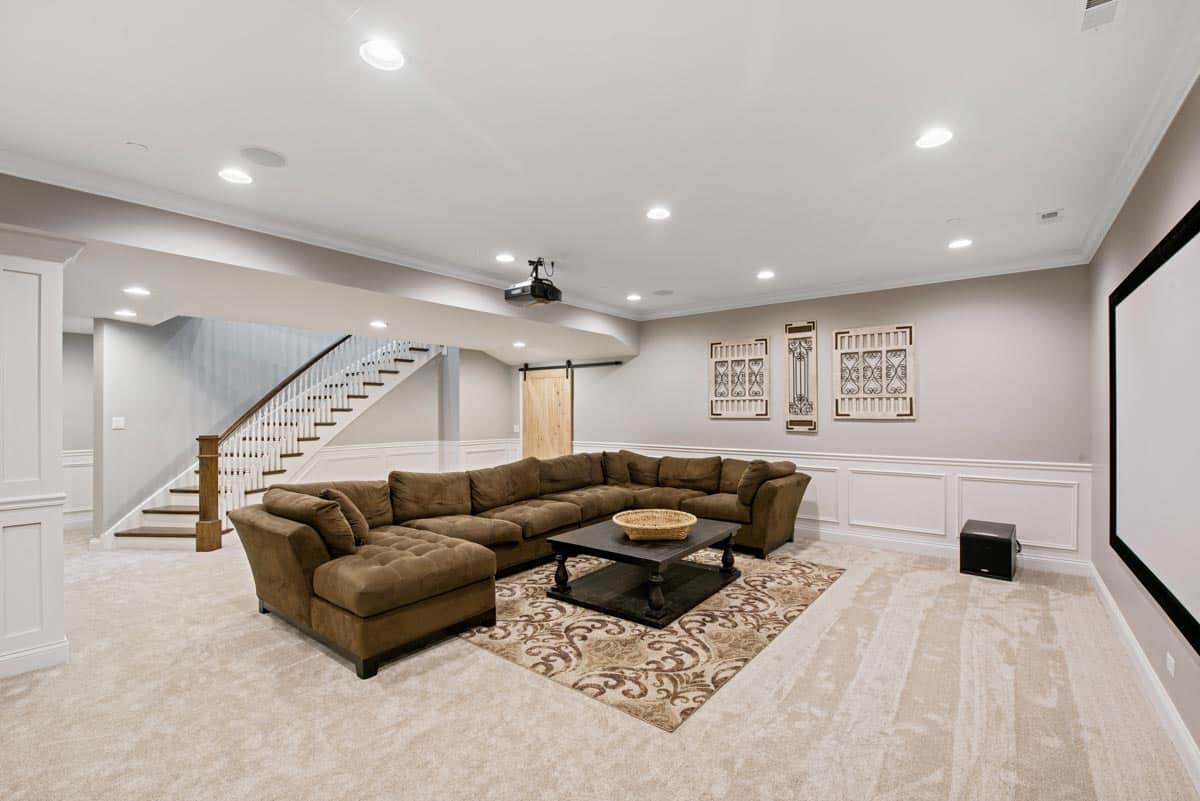
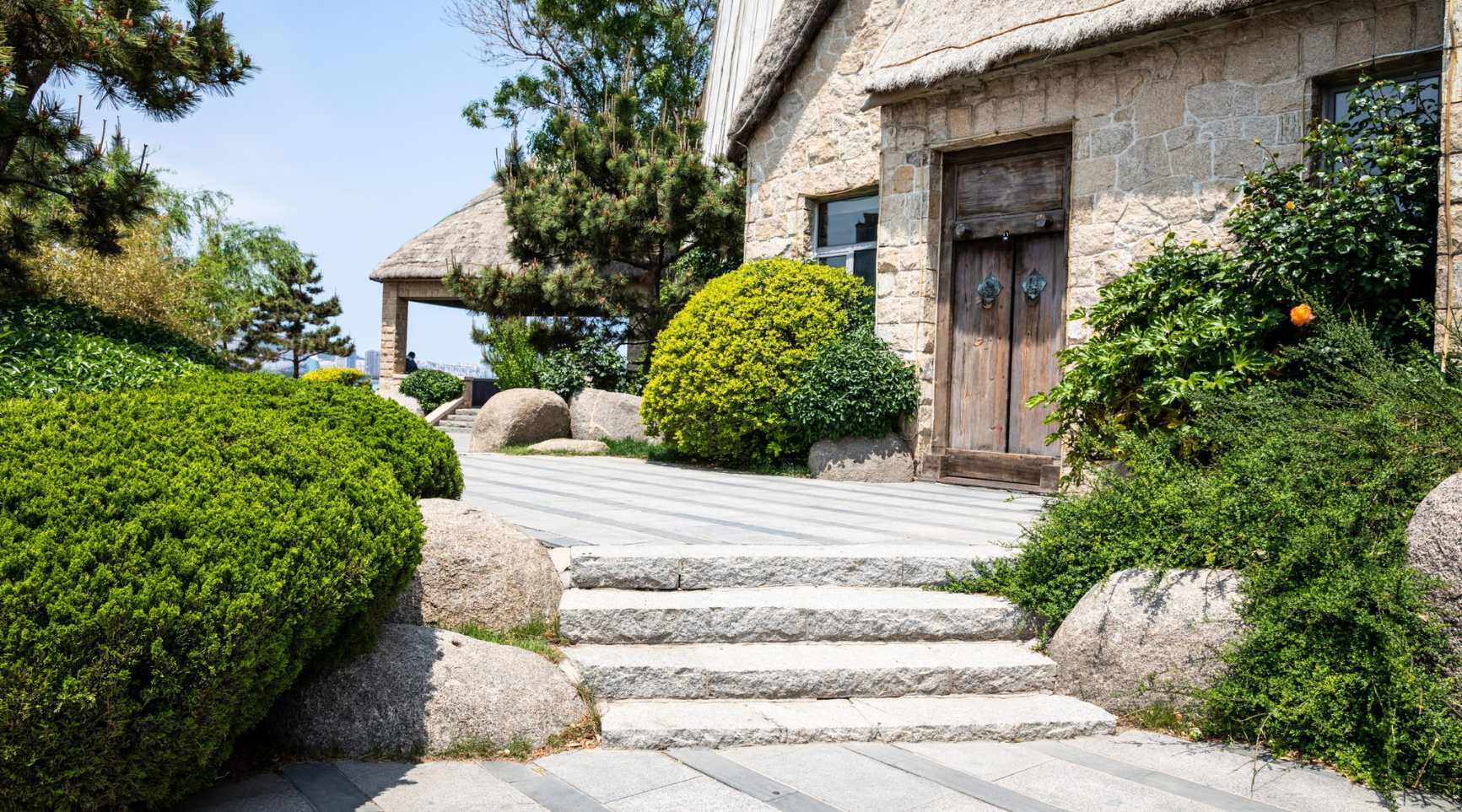
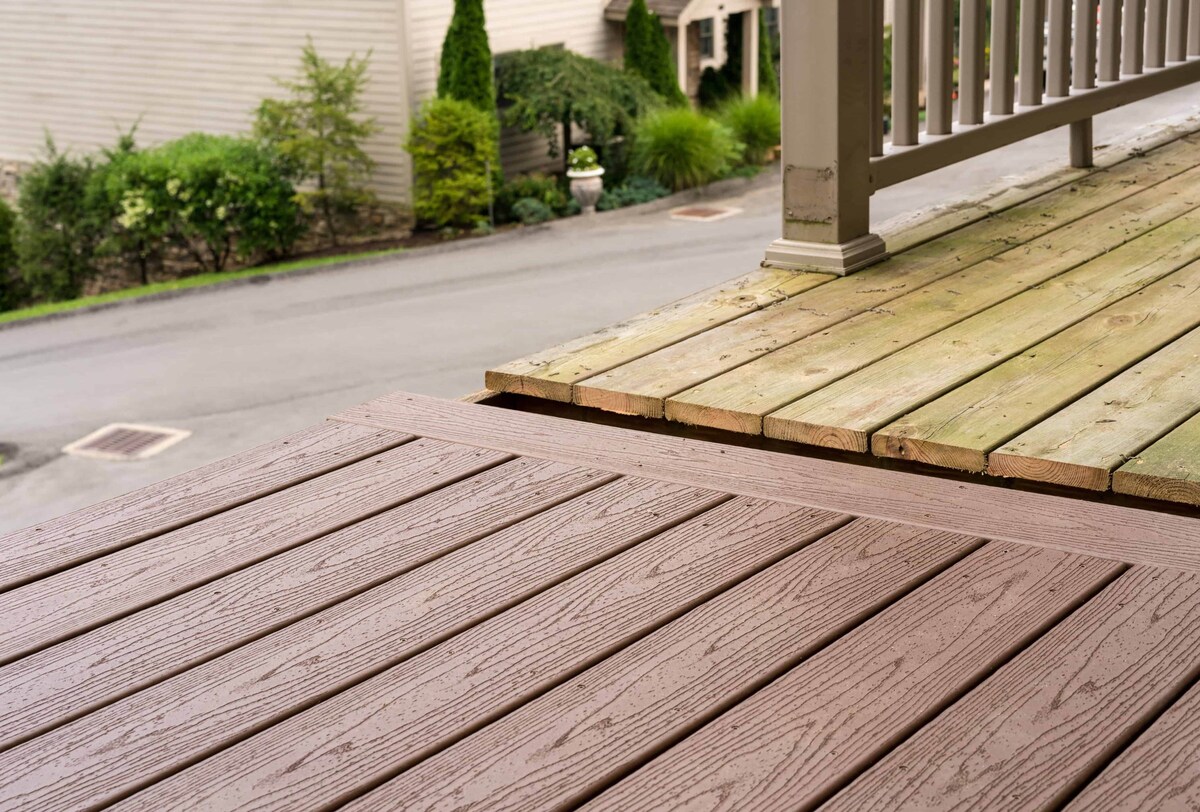
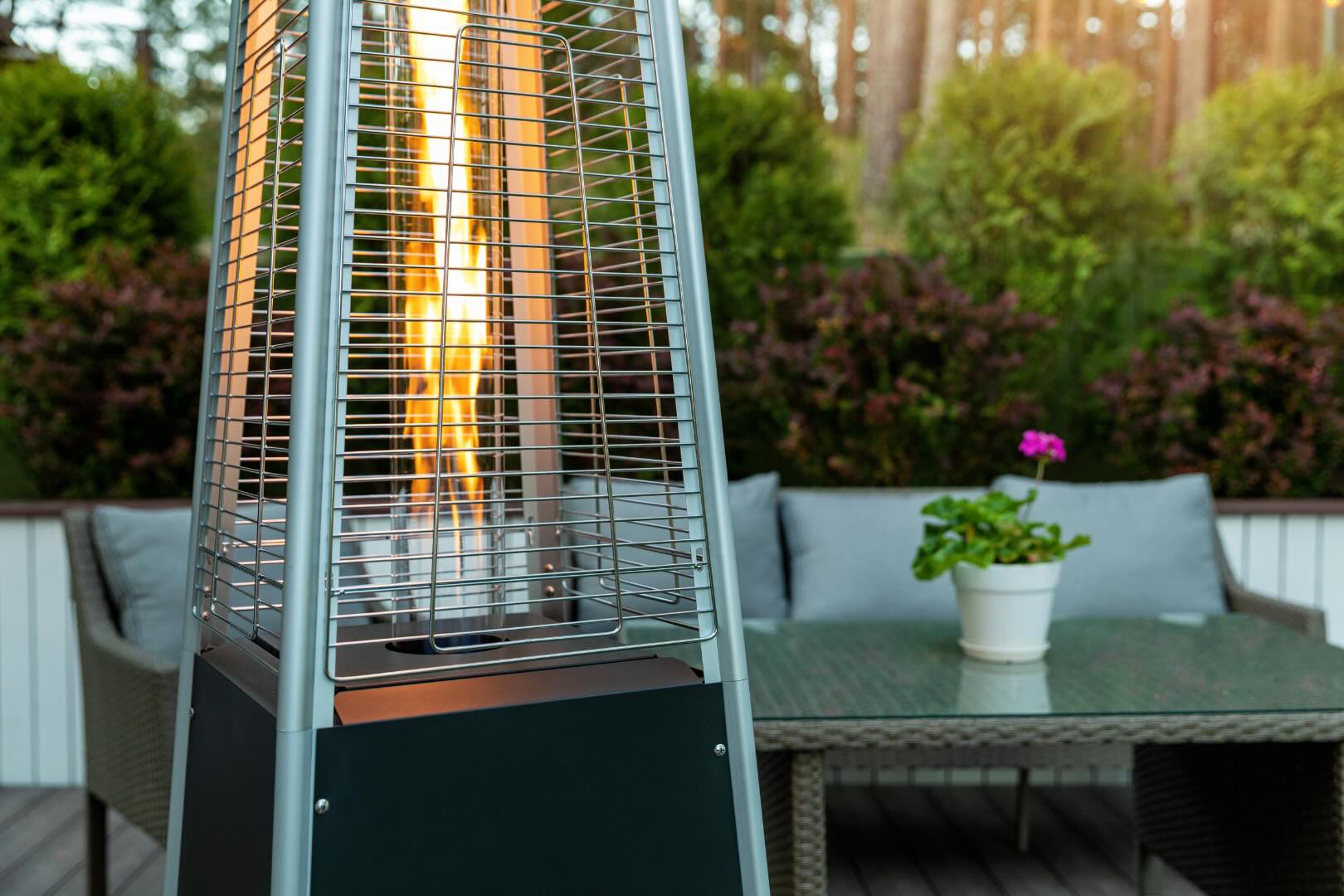
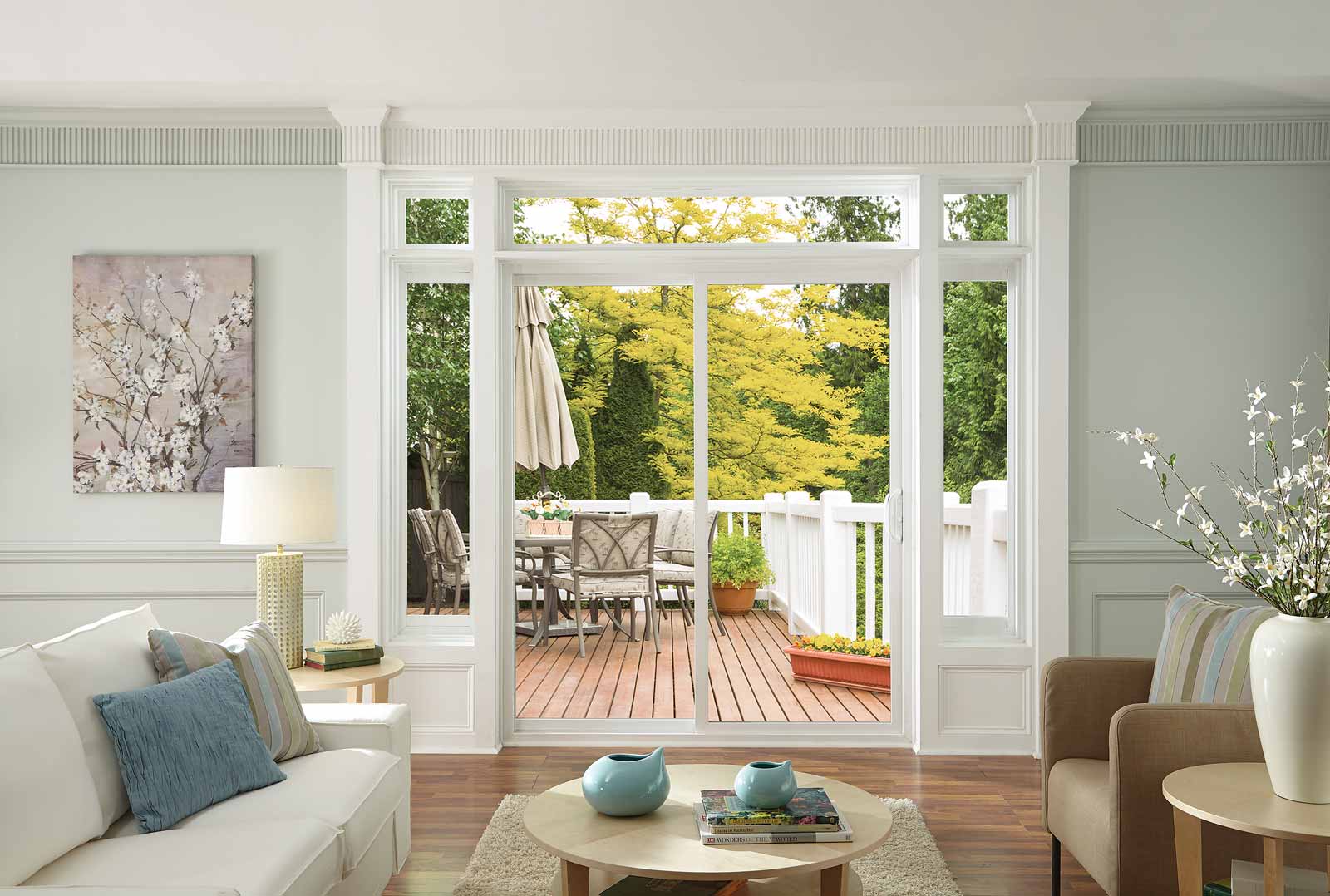
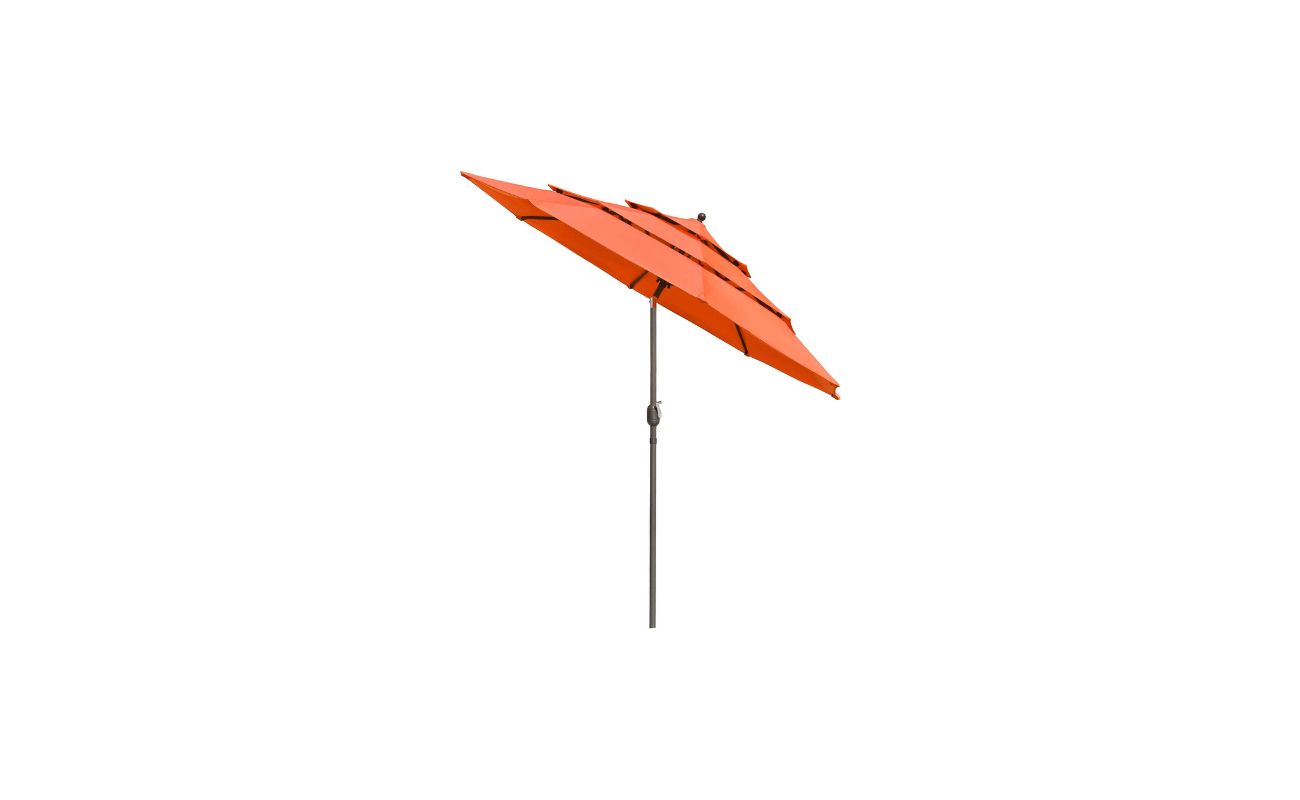
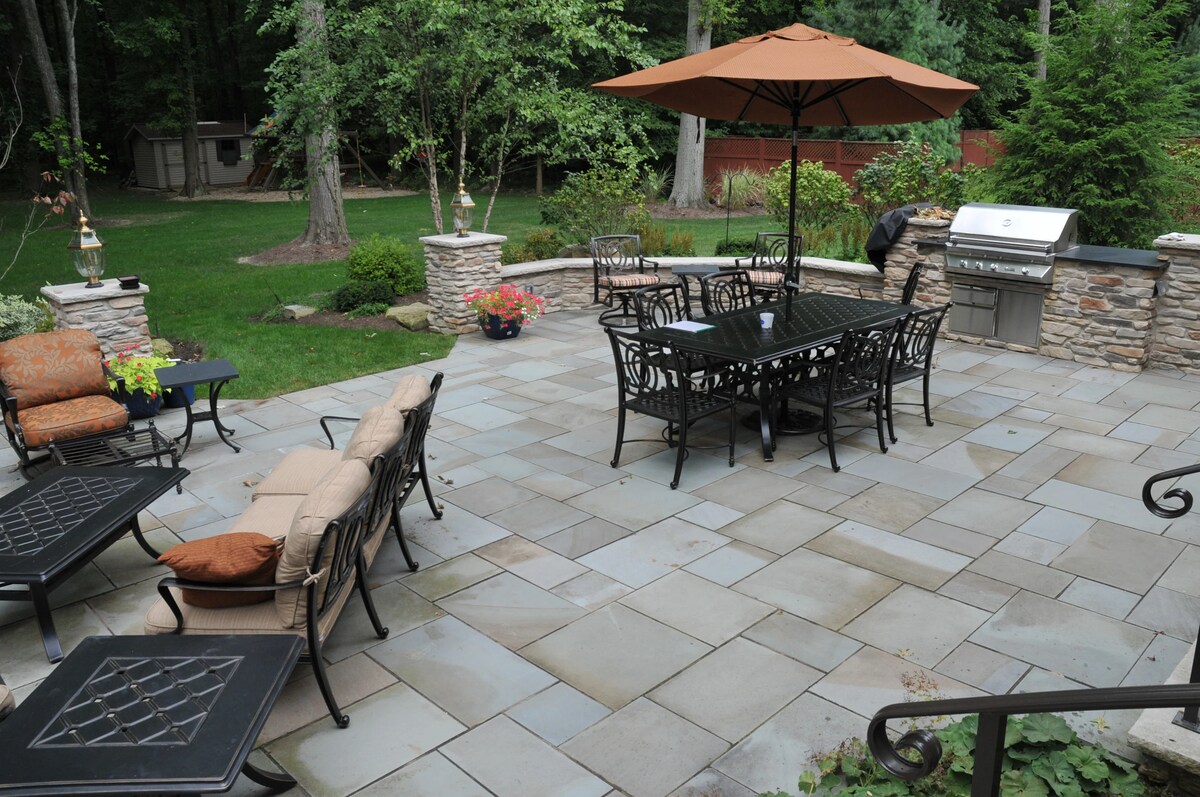
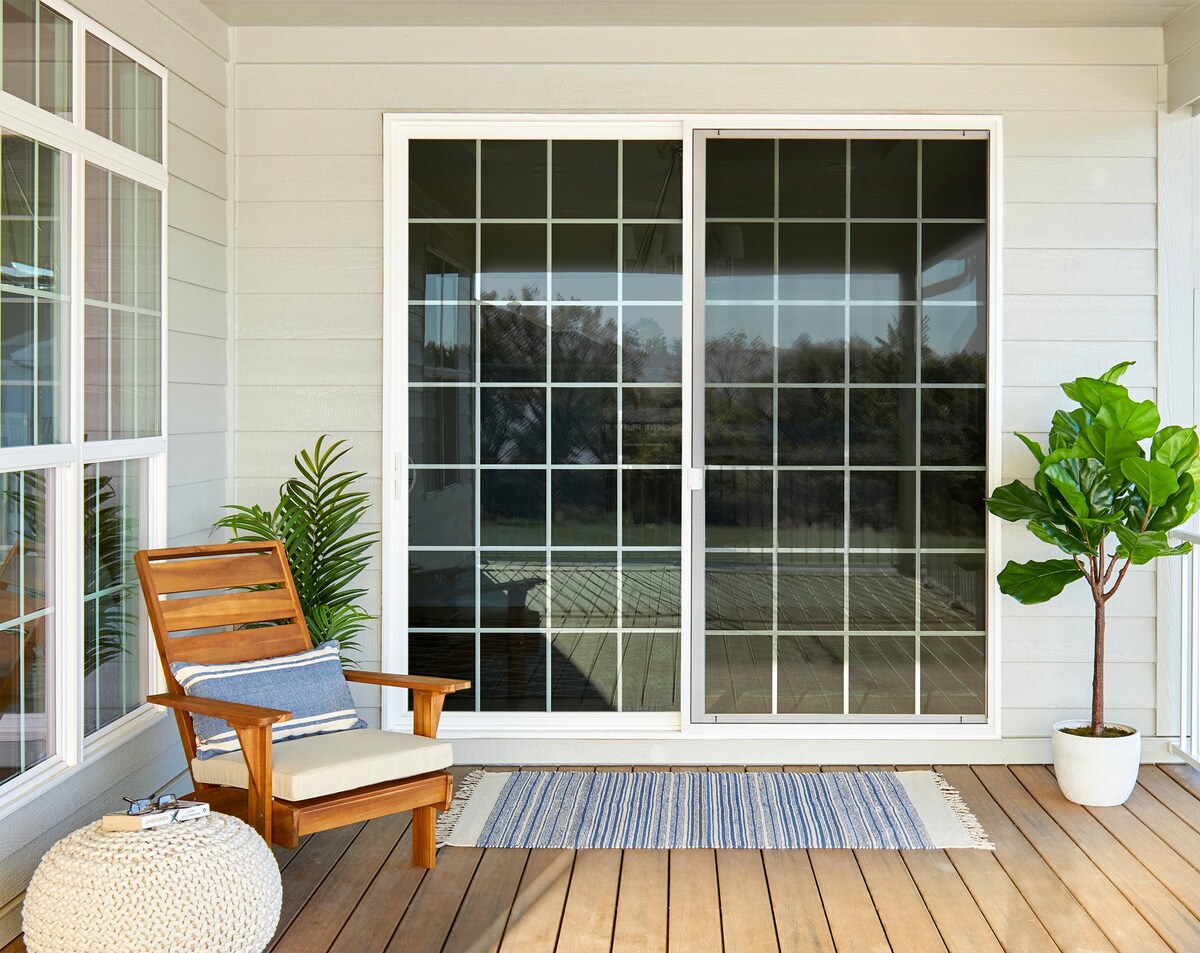
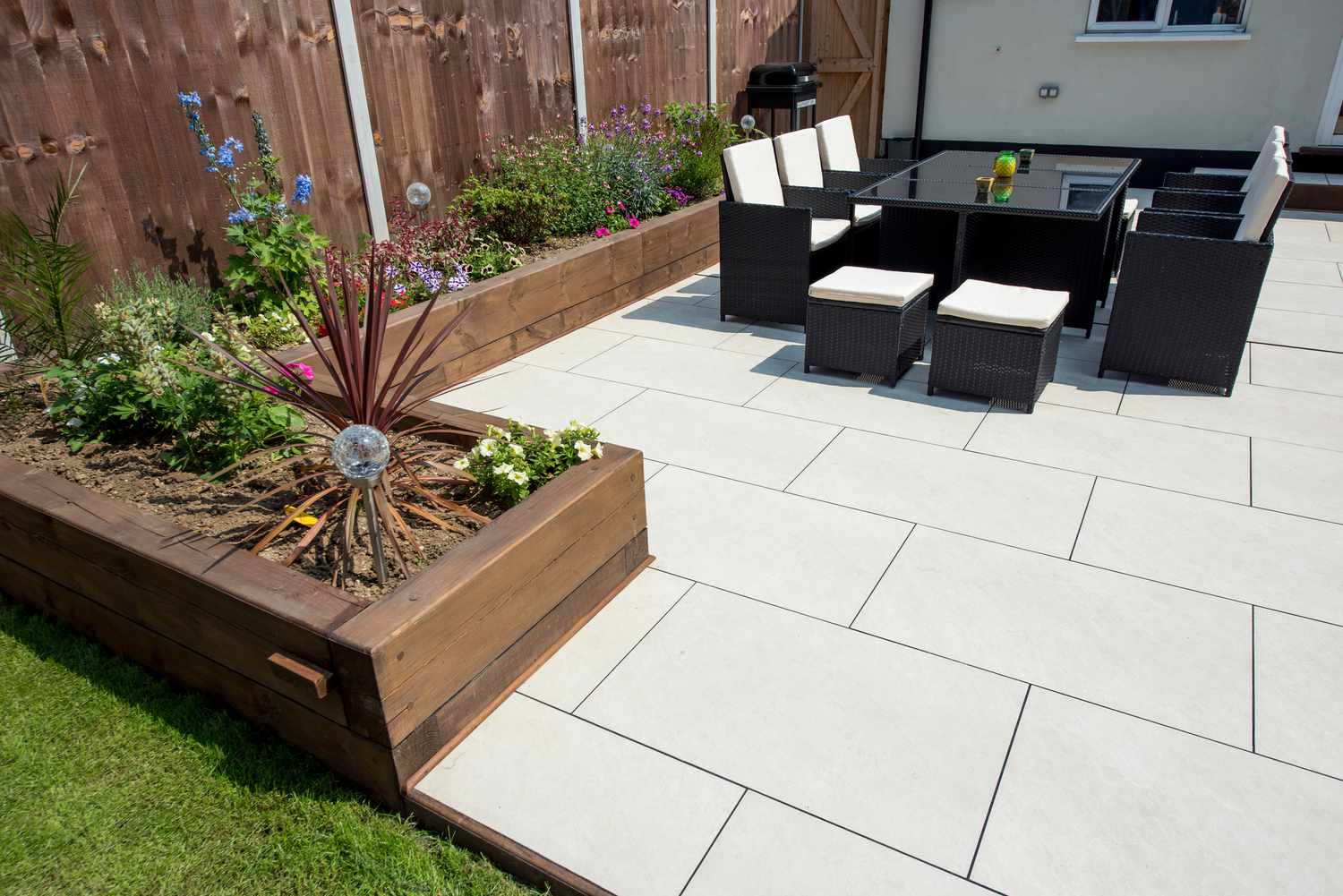
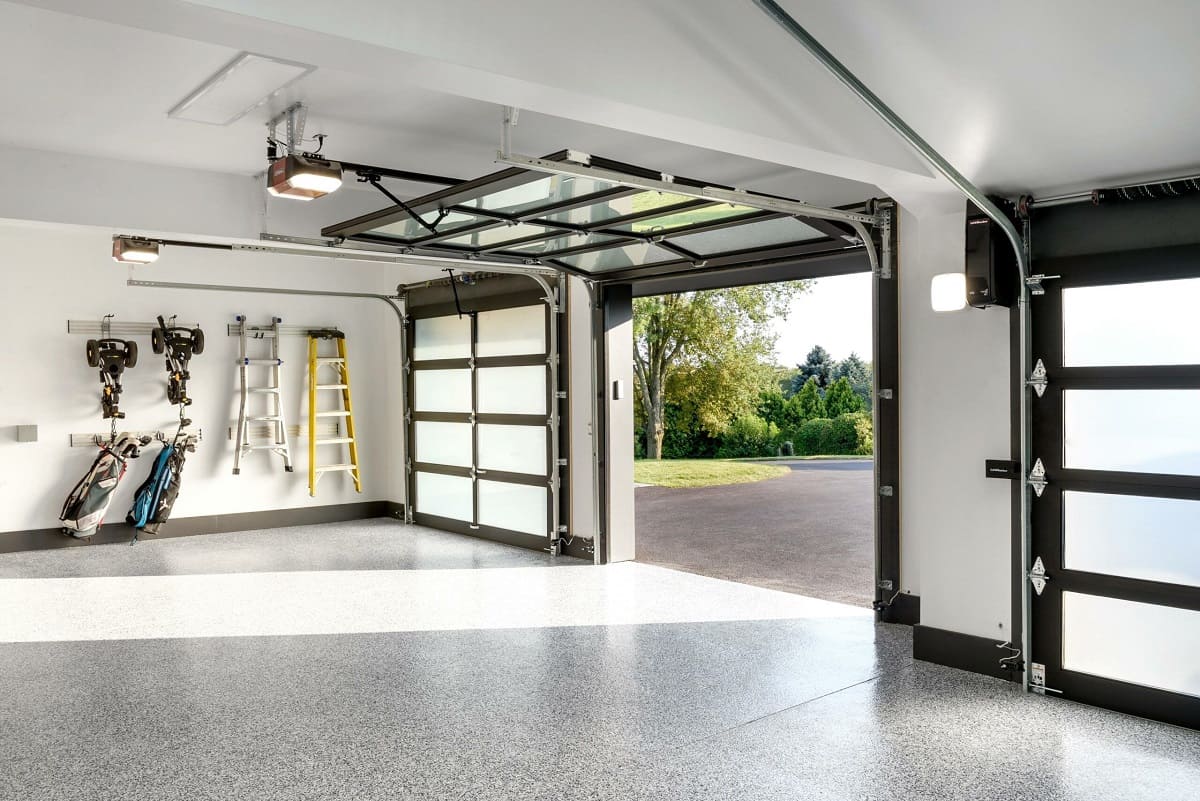
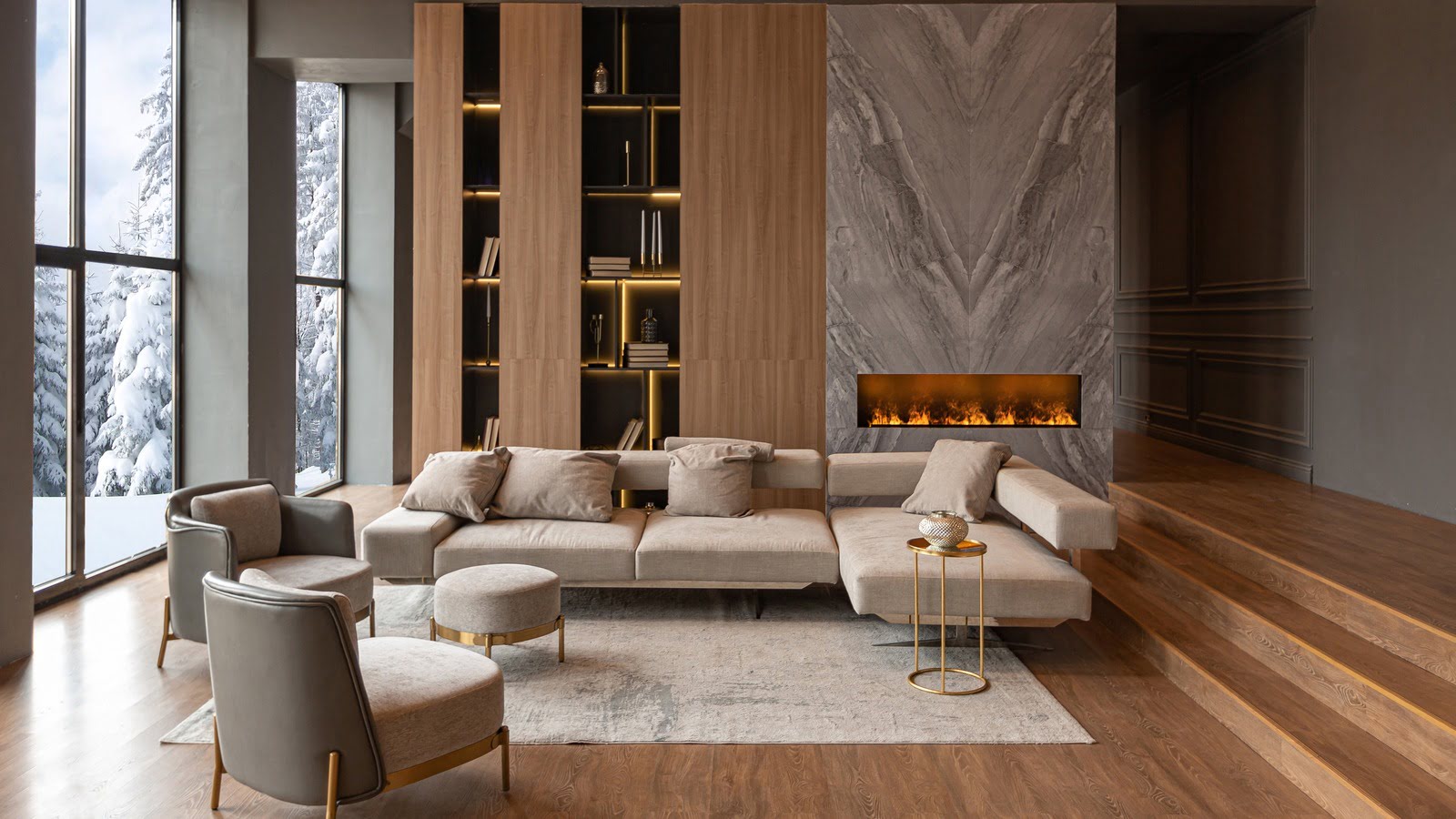

0 thoughts on “What Is The Best Flooring For A Patio”